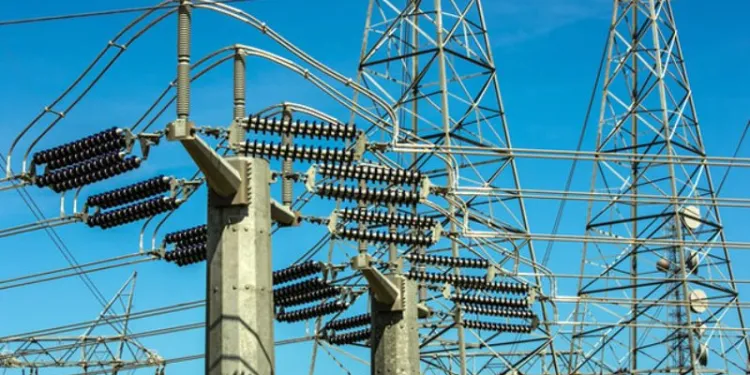The International Energy Agency (IEA) reported on Wednesday that Nigeria national power grid collapse 46 times from 2017 to 2023.
According to the report, on September 14, the grid collapses due to a fire on a major transmission line and Nigerians endured more national black out in 2023 as a result.
It was said that Nigeria’s grid continued to face issues due to aged infrastructure and vandalism.
The IEA said Nigeria had grappled with recurrent power failures, totaling 46 grid collapses between 2017 and 2023.
“Unreliable power supply due to limited grid infrastructure, underinvestment and ineffective regulatory frameworks have resulted in an estimated 40 per cent of all the electricity consumed in the country being produced from backup generators,” IEA declared.
Deterioration of power infrastructure, it was learnt, increased dependency on backup generators for 40 per cent of electricity consumption in Nigeria.
“Although the country has a total installed capacity of about 13 GW, average available capacity remained around 4.5 GW in 2023 due to a combination of factors such as deteriorating units, poor maintenance and liquidity constraints.”
It stated that natural gas accounted for around 75 per cent of electricity generated on the main grid in 2023 and would continue to play an important role in energy supply and grid stabilisation for Nigeria’s power sector until 2030, and decline by 2050, according to the country’s Energy Transition Plan.
“Renewables are also forecast to increase over the 2024-2026 period, at a compound annual growth rate of around eight per cent.”
“Hydropower accounts for most of the renewables generation during 2024-2026, largely due to the completion of the Zungeru project, with an estimated generation of 2.6TWh per year.
“Solar PV is expected to grow rapidly, with an average rate of above 50 per cent per year over the next three years,” the report indicated.


